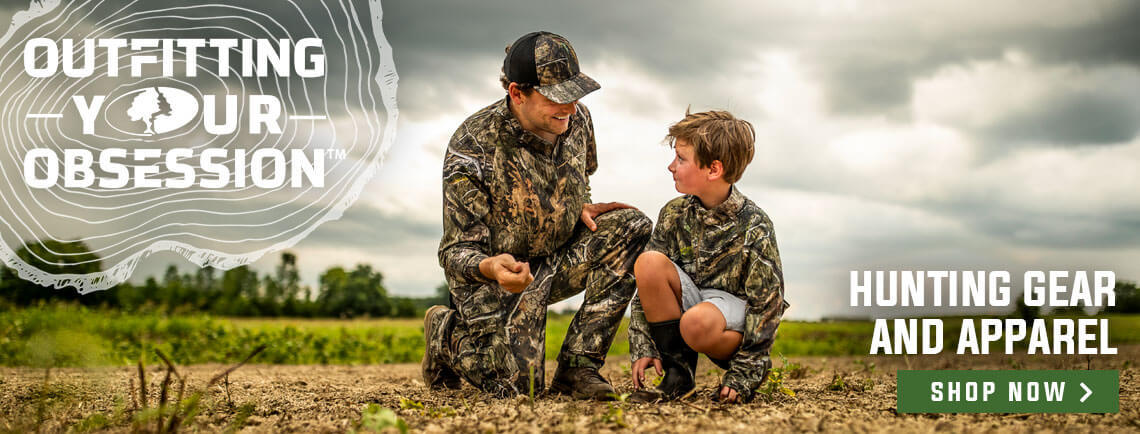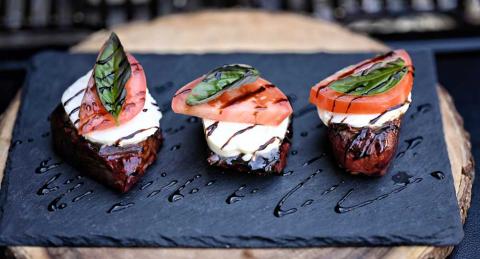Shawn Swearingen
Hunting participation saw increases during the pandemic in large part with people seeking respite outdoors. This came after years of a precipitous, steady decline from the record numbers of those purchasing hunting licenses in the 1980s. How do we keep these new and returning hunters involved without them getting lost or turned off by the sects of social media and the agendas of others?
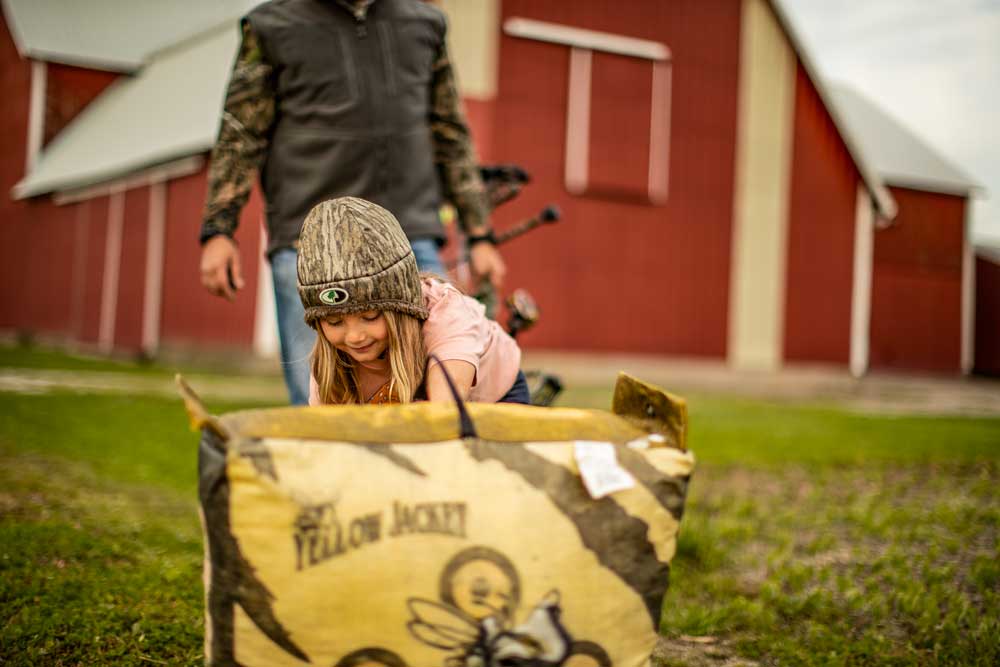
We can start by looking at how we each started on our journeys in hunting. We were introduced and folded into the wilderness at different periods of our lives. Whether it has been either all we have ever known or have come to enjoy later in life, in the end, the thrill and excitement of stepping in the fields, marshes, and forests is what binds us.
Why do you do it?
If we want to look at how to keep new hunters involved, we need to look at how we were introduced. Myself, much like Sierra Langbell, started early in life by going on waterfowl hunts before the age of 10, spending time in the blind with Dad waiting for ducks or geese to descend from the cold winds and gray clouds of the Pacific Northwest.
Others like Wade Truong started comparatively later in life, drawn by his desire as a chef to go to the source. “I was curious about tasting and exploring food and flavors that I did not have access to. Hunting seemed like the next logical step for both reasons,” Wade said.
For Alex Harvey in Mississippi, “Everyone in my family and community were active outdoors men and women. I’m at least a fifth-generation outdoorsman. Hunting is a cultural expectation within my family.”
What ties us all together is a devotion to the land, preservation of the game and habitat beyond ourselves.
“My family and everyone that I knew had a very close relationship with the land. Those early experiences created a sense of wonder and longing to one day have outdoor experiences of my own,” Alex said.
Each of us started differently in different corners of the country and are still drawn year after year to go hunting. How have our perspectives shaped how we face challenges to introduce and bring new hunters out?
The Social and Public Dilemma
There are long-term challenges hunting faces from climate change impacts, the management of public (and private) lands, and a diminishing understanding of hunting. An emergent challenge of the past decade-plus is the prevalence of social media. But social media cuts both ways. For example, it can spread awareness of proposed nonsensical hunting regulations, show friends and family across the country a wonderful day in the deer woods, and it can also spread distasteful duckbill bite photo-ops to the non-hunting public [seriously, stop doing that].
THE RELATIONSHIP BETWEEN SOCIAL MEDIA AND DUCK HUNTING
Wade states, “I think there is a growing cultural divide between hunters and non-hunters, due mainly to urbanization and the continued distancing from our food sources. Media, all types, also seem to superficially inflate this divide. Non-partisan issues become partisan issues and this further divides us, which is unfortunate for so many reasons, but namely, because I believe we all have a lot more in common than we realize.”
Alex said, “The non-hunting public seems to be becoming more polarized around hunting. They either are much more interested now, or they are more against it. This, in my opinion, is based largely on perceptions and lack of understanding for what hunting is. It’s our history and I would like people to learn about it more.”
Social media, in the end, is only a tool to be used by those that share it. Sierra highlights, beyond the negativity that unfortunately gets more air time, there are positive results that help the long term.
Sierra said, “Social media has influenced hunting in many ways, especially when it comes to female hunters and that’s a great thing. Back in the day, if you were a woman who hunted, it was with your dad or husband and never on your own. I now see a lot more women gaining the confidence to go out on their own and I think that has a lot to do with social media. Companies and brands have really evolved over the last 5-10 years to accept the female hunter as well.”
Wade added, “Finding common ground is the way to engage people, no matter what the issue. We need to stop trying to divide each other based on our personal preferences; private vs public, gun vs bow, fly vs spin, left vs right, and start focusing on the things that bring us together.”
Where are we going?
I have started introducing my sons to the outdoors, venturing for deer and turkeys, as well as enjoying the early morning time in the duck blinds along the Chesapeake Bay. However, it is going to take several years before they and the next generation get to a point where they can purchase hunting gear and contribute to the Pittman-Robertson Fund. This is exactly why we - right now - need new adult hunters, to find or to become mentors, and head afield.
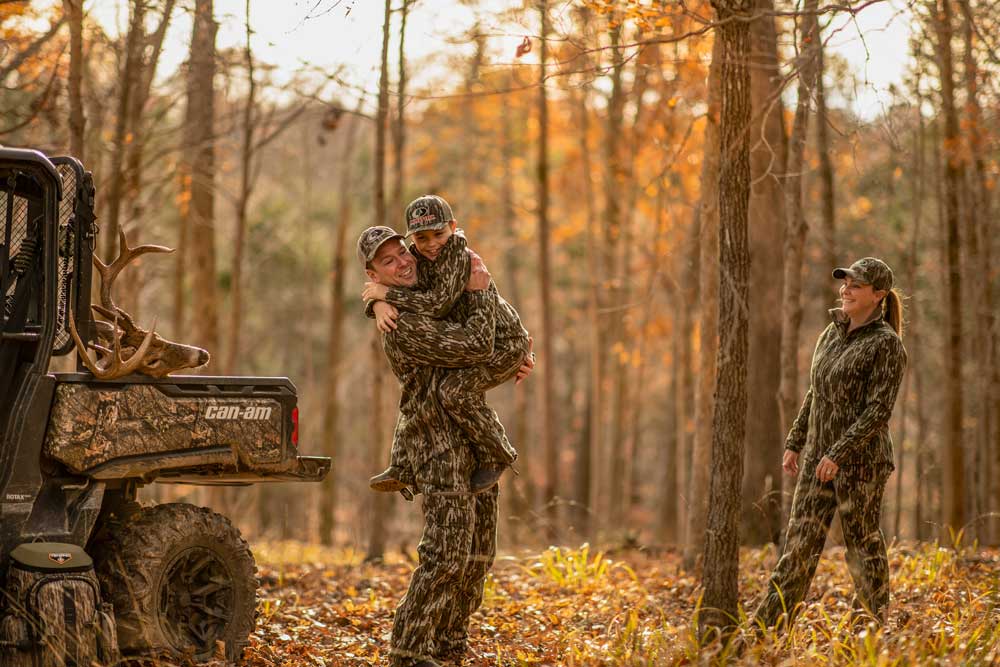
A LESSON IN HUNTER REPRESENTATION
According to the Council to Advance Hunting and Shooting Sports report last year, overall hunting license sales were up by 5% in 2020 over 2019. Unfortunately, the latest CAHSS report comparing 2021 overall license sales to 2020 showed a drop of almost 2% but still above pre-Covid years average. So, how do we keep a rebounding trend? In talking with Wade, Sierra, and Alex, they each bring their unique skill sets and perspectives. A reminder that there isn’t a one-size fits all solution.
With his culinary background, Wade has a two-fold approach: “I do direct education and mentoring with new hunters on my own time and with the Virginia Department of Wildlife Resources; what I do on my social and blog is more subtle. My goal has always been to expose people to wild food and get them to ask questions. I’ve never been of the mind to go around telling everyone that they should hunt. But, if they see a photo of some food that looks tasty, maybe they start asking questions, maybe they see something they never thought of as food before as food, and it gets them curious.”
Sierra has a different angle to open the eyes for new hunters. “I have taken many new hunters out for their first time, but I mostly try to educate and encourage others to participate in hunting by using my photography to reach unlikely audiences. Photographers have the ability to show hunting in such a beautiful light and I want to inspire people to just get outdoors and experience what Mother Nature has to offer. I also donate a lot of images to nonprofits and fundraising banquets to try to inspire someone there to step out of their comfort zone and try new hunts.”
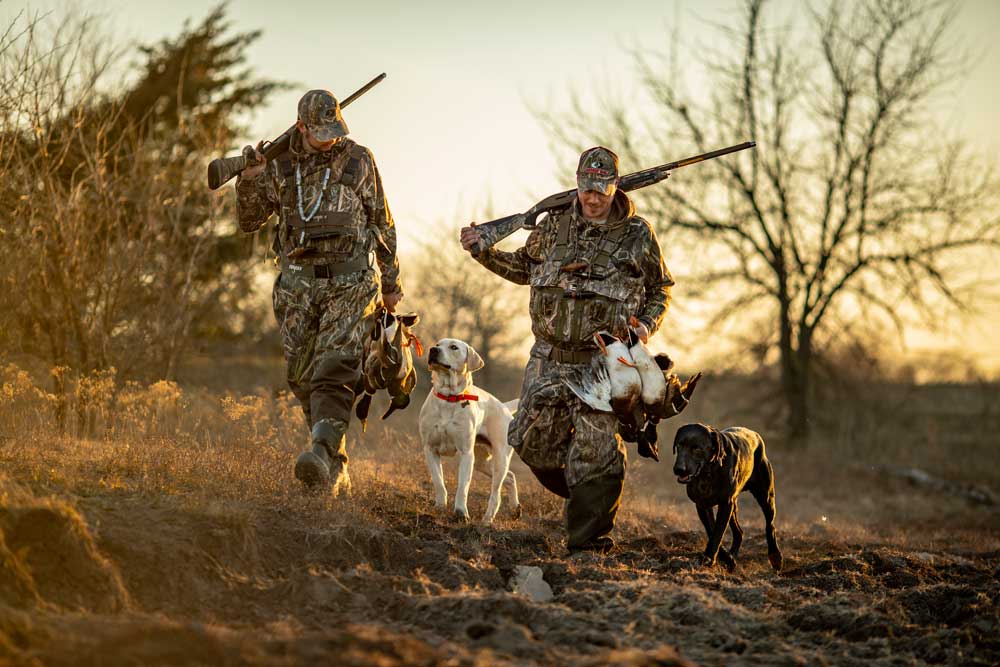
As a board member for a national non-profit organization called Hunters of Color, Alex has taken an active role in using his voice to talk about hunting in a positive light. “In my experiences as an African American hunter and rooted in hunting traditions, African Americans have a great hunting tradition and are well-established. It’s always been there. I love hunting and have met so many people through hunting. There are specific historical facts that come into play: where we hunt, and how we hunt. Do we want to move forward and bring more people into hunting? We are going to have some very frank conversations in order to do so.”
We face a crossroads as hunters with a recent influx of new and reinvigorated participants. How do we keep them returning? Focusing on positive messages via tools at our disposal can draw more in of those that might have a flicker of interest in venturing afield. These aren’t one-size-fits-all approaches. They are as diverse as we are and as different as the areas we hunt.

